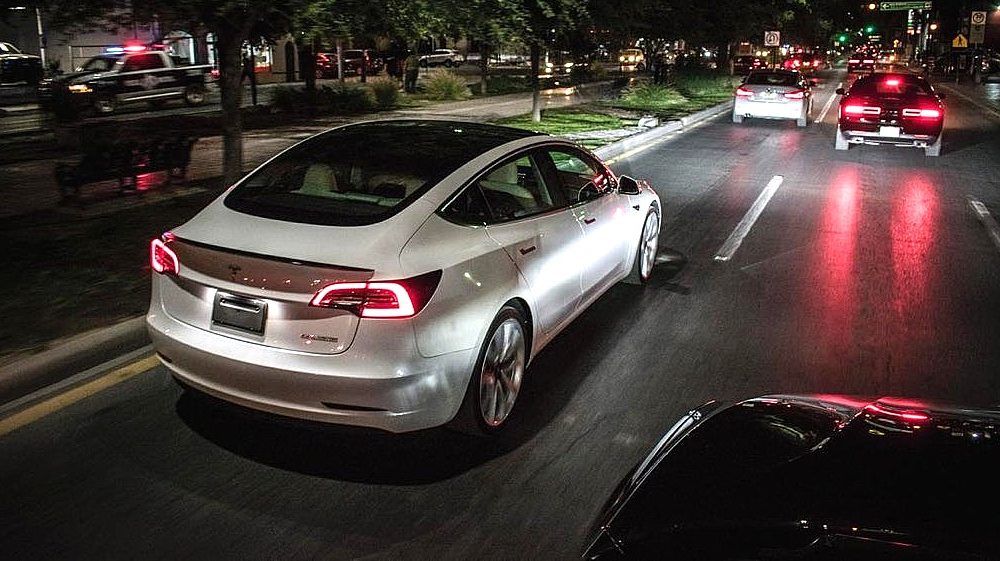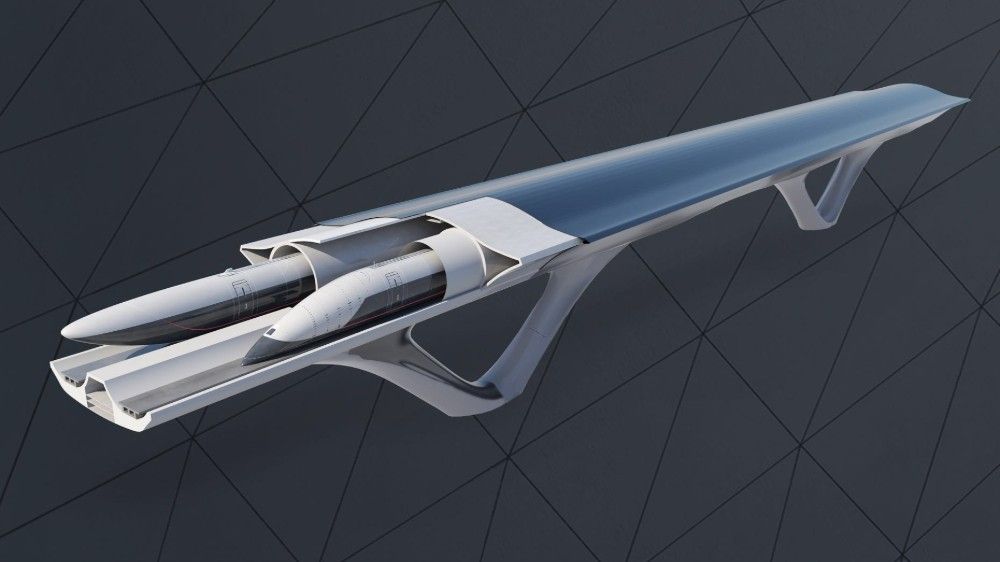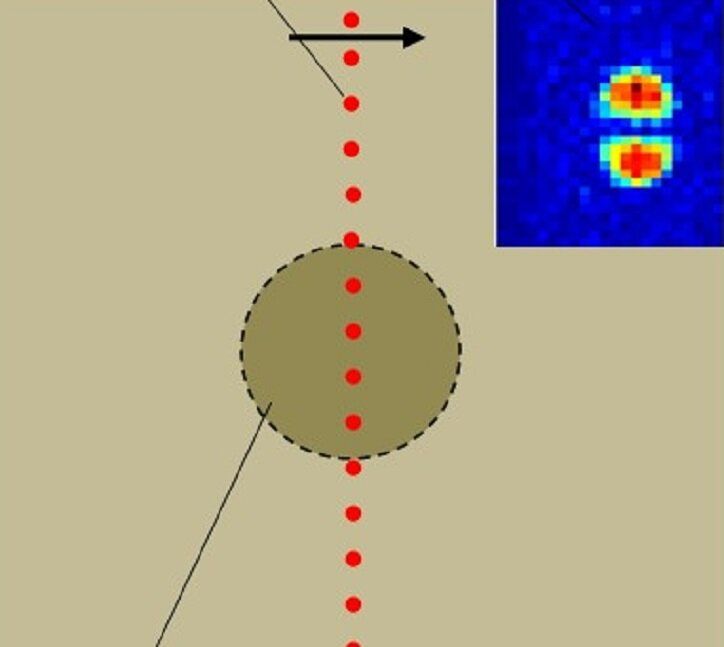Tesla owners who travel with kids can breathe an extra sigh of relief with the electric car maker’s V10 Update, as the company has introduced a new feature known as “Joe Mode.” The new feature will allow drivers to lower the volume of alerts and prompts that will are engaged while the vehicle is in motion.
Tesla CEO Elon Musk announced some details on V10’s “Joe Mode” earlier this year while replying to numerous followers who speculated about what new features will be coming to be new update. As one follower asked for a mode that would help keep his children asleep during drives, Musk replied with introductory information about the V10 feature.
Hoping to get “Joe Mode” into V10. The default, of course, is normal volume, but selecting “Joe Mode” would lower the volume of strident beeps & chimes by half.





